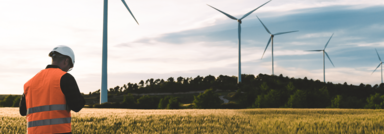As part of our Ofgem License Condition, we have a responsibility as a Distribution Network Operator to keep losses as ‘low as reasonably practicable’.
On these pages, you can find out more about what causes losses, how net zero is impacting losses and our approach to managing losses. You can also view our Losses Strategy which gives further information on our policies and actions.

